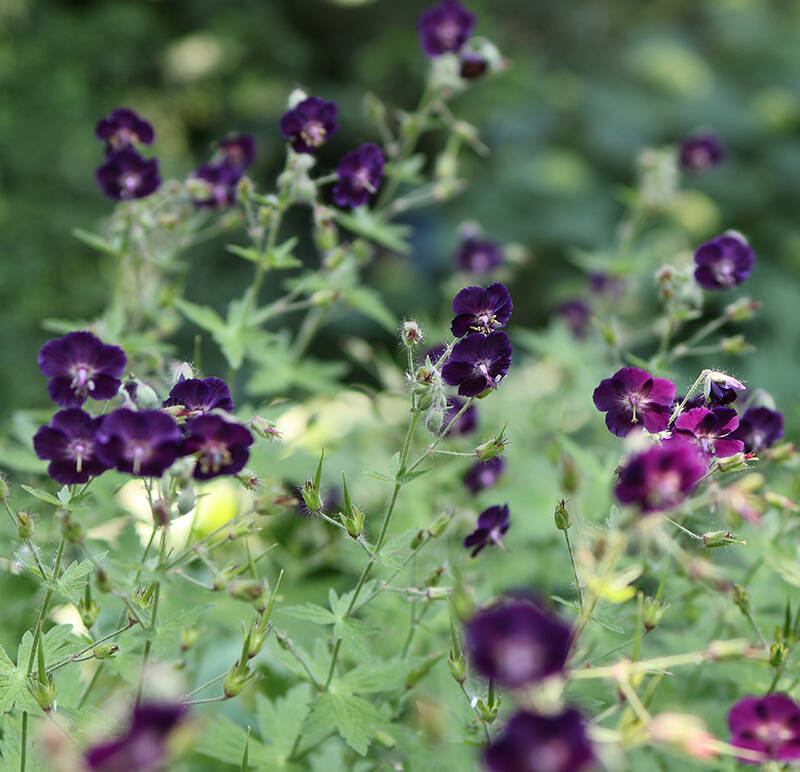Australian Astroturf, Scleranthus biflorus
Some hear the word “astroturf,” and they recoil and roll their eyes. But rest assured, this is not what you think it is. Australian astroturf is a real, living plant, not plastic faux grass. And while its common name is admittedly not the most appealing, this verdant, charmingly squishy ground cover is—and worth searching out.

Native to Australia’s natural alpine and coastal areas, and also known, curiously, as lime lava and cushion bush, this low-growing ground cover sports evergreen emerald-green tiny foliage. What makes it irresistible is its growth habit: the plant spreads out like a dense, spongy mat that just begs to be touched. Despite looking very similar to thirsty moss, Australian astroturf doesn’t demand copious amounts of water, or much attention and care at all.
This plant produces pretty, tiny white flowers in the summer, but the main reason to add it to your garden is it provides lushness without the guilt of excessive water use. The ground cover forms a texturally interesting living carpet that can be easily divided into multiple patches to spread the wealth. (Pro tip: While this plant does have shallow roots, be sure to check that each clump has sufficient roots attached. Plant clumps 1 inch apart for best results.)
As with most plants, it is wise to be mindful of where it grows naturally so you can attempt to mimic its habitat. Australian astroturf is native to coastal conditions and rocky outcroppings, which means it will thrive on the coast with frequent ocean breezes and/or nestled between rocks. Most important, this ground cover appreciates soil that drains quickly to prevent any potential root rot.
Cheat Sheet

- Looks lovely in a rock garden, as a ground cover for small areas, or edging in bonsai.
- One plant isn’t grandiose enough to make a dramatic impact unless you grow it solo in a container and let it devour the pot. For a bigger impact in-ground, plant multiples 1 foot apart and let them spread and commingle, creating a spongy, undulating carpet-like ground cover.
- Not surprisingly, it’s deer-resistant.
- Looks nice nestled next to a boulder or skirting bold agaves. Also great for softening hard edges of patios and square containers.
Keep It Alive

- Hardy to 20° to 25°F. This plant is not a fan of prolonged frosty conditions. If you live in a chilly climate, consider growing it in a protected greenhouse.
- Plant in full sun, part sun, or very bright shade in the hottest of climates.
- Grows 1 to 3 feet high and spreads to 8 to 12 feet wide.
- The key to success is to plant in gravelly, fast-draining soil. Soggy clay soil will cause this ground cover to rot.
- Tolerates drying out between waterings and matures to being more drought-tolerant the older it gets. However, like most plants, adjust the amount of water and frequency based on how hot your climate is and how much sun exposure it gets.
- Needs little care besides being admired.
See also:
- Hardscaping 101: Ground Covers to Plant Between Pavers
- Demystifying Moss: What Is the Point of It, Anyway?
- Gardening 101: Ground Covers for Every Landscape














Have a Question or Comment About This Post?
Join the conversation (0)